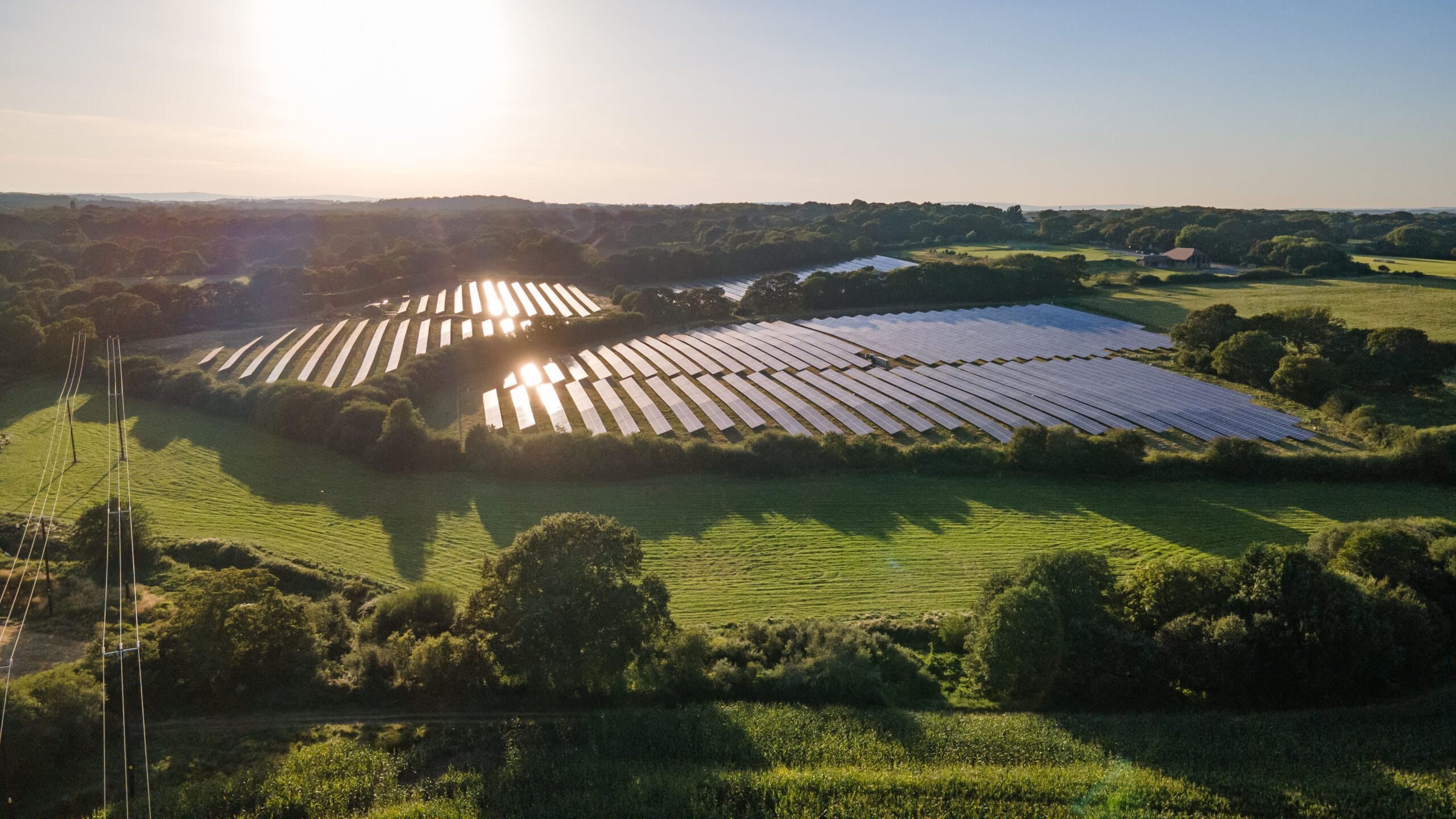Drainage expertise protects industrial land
Motion’s Richard Bettridge explains how an area worth several millions of pounds of annual economic activity has been protected from flooding by his work over a quarter of a century with the Lower Severn Internal Drainage Board.
Q: What is the most exciting aspect of your work with the Lower Severn Internal Drainage Board?
RB: Using technical, design and legal experience to help facilitate proper surface water drainage solutions and avert major flooding problems. I get a real buzz from working with the local and statutory authorities, the Environment Agency, English Nature and the Campaign to Protect Rural England. It is very satisfying to see the Board playing a key part in the planning debate and influencing development proposals.
Q: What is the strategic importance of your involvement?
RB: My aim is to ensure that any new development within the Avonmouth Severnside area is protected from flooding and has adequate drainage. The land is mainly used for industrial purposes – warehousing, waste to energy, distribution and power stations. I provide strategic advice to the Board on planning applications, develop drainage strategies and investigate whether planning proposals adhere to policy.
Q: What are the particular challenges in this part of England?
RB: My remit covers over 15 square miles within the flood plain. The area is protected by sea defences and can only drain at low tide. In places, the land is five metres lower than the extreme high tide levels. In the early days hydraulic remodelling was carried out to understand how the sea levels affect the drainage of coastal areas.
Q: What has been the impact of your work?
RB: At Cabot Park we have improved the drainage network and ensured it is fit for purpose. In the early 1990s I carried out flood modelling for the area, which was, at the time, under development pressure.
Nowadays, I also check that the rules and standards are being adhered to by new and existing occupiers throughout the area, including the Western Approach site.
Q: What were the particular challenges in the early days of your involvement?
RB: Drainage network improvements including new strategic rhines, storage ponds and hydraulic structures were necessary to facilitate development of the land. Working with the Environment Agency, we looked at the flows and sea outfalls required for these measures.
Q: Is there anything new or innovative in current drainage practice?
RB: Land drainage legislation in the UK is complicated, but the new Flood and Water Management Act is helping to simplify issues. On a practical level it is a constant battle to keep the land clean and the drainage ditches clear. To alleviate the problem, new developments have to take ownership of drainage modelling. I introduced a new system whereby drainage network improvements could be developer-funded.
An abridged version of this article first appeared in the Autumn 2015 issue of Insight.



